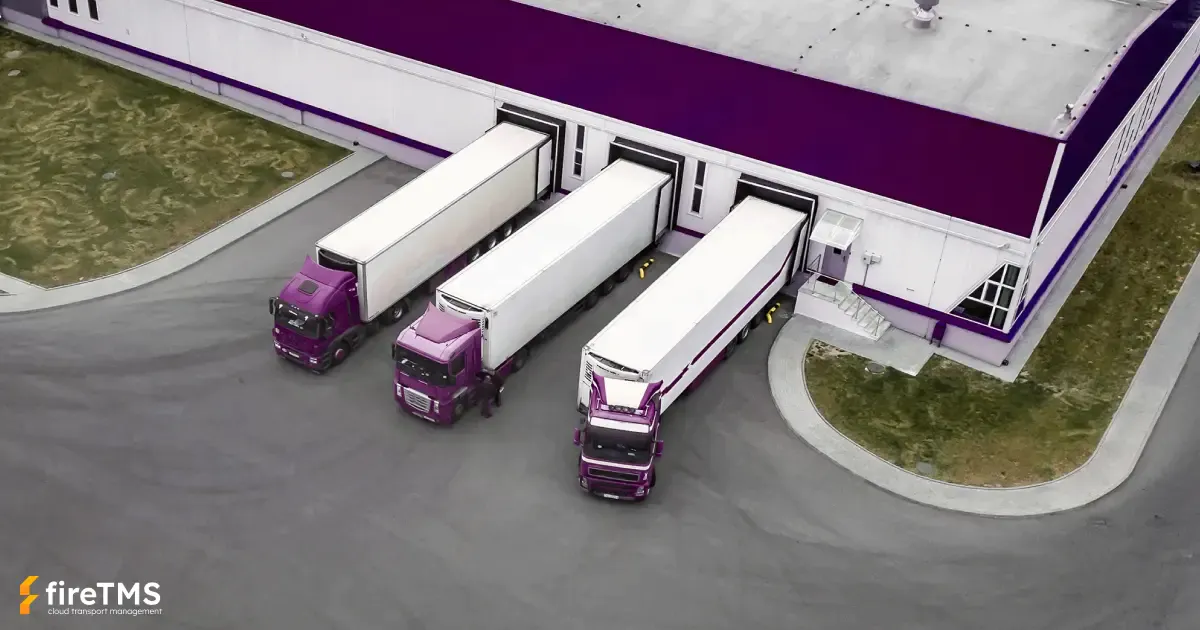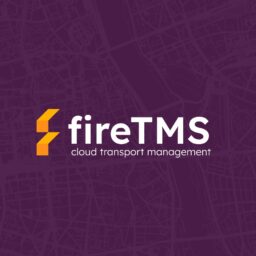In February 2022, further changes to the Mobility Package came into force. It is estimated that they could increase driver costs by up to 40%. Here we explain what exactly will change and how it could affect your business.
From the article:
The Mobility Package will change as many as three times in 2022. The first change already came into force on 2nd February, the further ones will come on 20th February, and the next ones on 20th May 2022. Even the first of these will increase labour costs. We have been checking all the changes that have become a reality following the introduction of the Mobility Package.
Mobility package – what is it?
The Mobility Package is a set of regulations whose introduction was intended, among other things, to improve the financial conditions of drivers with low minimum wages. The changes mainly covered three aspects of the operation of freight forwarding companies:
- driving and rest times for drivers
- the means of delegating and settling accounts with drivers,
- access to the market of the European Union Community countries.
The Mobility Package took effect on 20th August 2020. At that time it amended the European Parliament and Council Regulations (EC) No. 1071/2009, (EC) No. 1072/2009 and (EU) No. 1024/2012.
How has regular weekly rest changed?
The Mobility Package introduced new rules for drivers’ working and rest times. Since August 2020, the new regulations have made it compulsory for drivers to return to their place of residence or base for a minimum of 45 hours at least once every 4 weeks. If a driver has taken two shortened weekly rests on the route, he must return before the next regular weekly rest, which is in practice once every 3 weeks.
The rules for taking shortened weekly rests have also been changed. In order for a driver to be able to take them, he must:
- start at least two shortened weekly rests abroad,
- take two regular and two shortened weekly rests in every four weeks,
- after taking two shortened rests, take a compensatory rest preceded by a daily rest. Importantly, the daily rest must be documented at the place of residence or company headquarters.
In addition, the amendments to the Mobility Package introduced the obligation to take regular weekly rests of at least 45 hours in places adapted for this purpose (e.g. a hotel) and not in the vehicle cab.
An extension of the driving time by 2 hours is also conditional on taking a half-hour break before this period. This rest must be compensated with any other rest within a period of three weeks.
The Mobility Package has also changed the rules on working time at night. Under the new rules, a driver may work a maximum of 10 hours at night within 24 hours of starting work. Importantly, taking a day’s rest during this period does not renew the night work limit.
Mobility package: additional changes
Since 20th August 2020, there have also been penalties for hauliers and drivers who breach the Mobility Package regulations. Most attention has been paid to cases of exceeding the daily driving time and shortening the weekly rest period.
The new regulations also include provisions concerning the Road Transport Operating Base. Originally, this base had to have an area allowing all vehicles in the company to be parked. However, it was eventually adopted that the operating base should provide parking spaces for a minimum of half of the fleet. On 26th January 2022 the Polish Parliament adopted the amendments of the Senate, changing, among other things, the size of the operating base from ½ to ⅓ of the carrier’s vehicles.
Mobility package – changes from 2nd February 2022
In February 2022, further changes to the Mobility Package will come into force. The first modifications, which will take effect as of 2nd February, mainly concern the way in which drivers’ work is accounted for. In addition, facilitations such as the need to translate documents only into English or the use of electronic documentation have been introduced.
However, the obligation to pay drivers the minimum wage applicable in the country of entry raises the most questions from hauliers. Let us be clear that these regulations do not apply to transit or bilateral transport. On the other hand, the changes in the Mobility Package regarding the calculation of foreign work concern cabotage and the so-called ‘via’ (transport between two different countries carried out by a carrier from a third country).
Amendments to the Mobility Package from 2nd February require drivers to display on the tachograph the symbol of the country whose borders they have just crossed. This must be done during a stop at the first appropriate place after crossing the border. Moreover, failure to do so may result in a financial penalty and, in the case of repeated offences, the haulier may even lose his licence.
Under the new rules, the driver will not receive lump sums or subsistence allowances, but the full salary of the country in which they carry out their work. But at the latest when he starts work, his employer will have to report his posting in the IMI system.
The Internal Market Information System has been in operation since 2008, but from the beginning of February this year, it will start accepting notifications of workers posted abroad. This will make it possible to control, among other things, the correct calculation of the minimum wage. IMI replaces other solutions of this kind (e.g. MiLoG or SIPSI).
Mobility package – changes from 2th February 2022
The Mobility Package changes, which will come into force on 20th February 2022, mandates that every haulier vehicle must return to the national headquarters a minimum of once every 8 weeks.
For cabotage, the possibility of carrying out three cabotage operations within seven days has been retained, but a mandatory four-day break has been introduced between consecutive cabotage operations with the same vehicle within a single country. The haulier may, however, carry out cabotage operations in other EU countries during this period. In practice, this means that simply crossing a country’s border does not ‘reset the cabotage’.
If the combined transport route passes through the territory of only one EU country, such transport may be carried out in accordance with the transport rules.
Mobility package – changes from 2th May 2022
As of 20th May 2022, further changes to the Mobility Package will come into force. They will primarily apply to those hauliers who have vehicles with a permissible total weight as low as 2.5 tonnes. They will have to hold a licence for road transport and obtain a permit to pursue the occupation of road transport operator. Entrepreneurs who have such a fleet will also be obliged to register the headquarters of their company.
In addition, a financial security will be required. This will amount to €1,800 for the first vehicle and €900 for each additional vehicle. The changes to the Mobility Package after 20th May 2022 will therefore increase the cost of living for small and medium-sized transport companies. Let us remember, however, that these regulations do not apply to hauliers operating solely on the domestic market.


